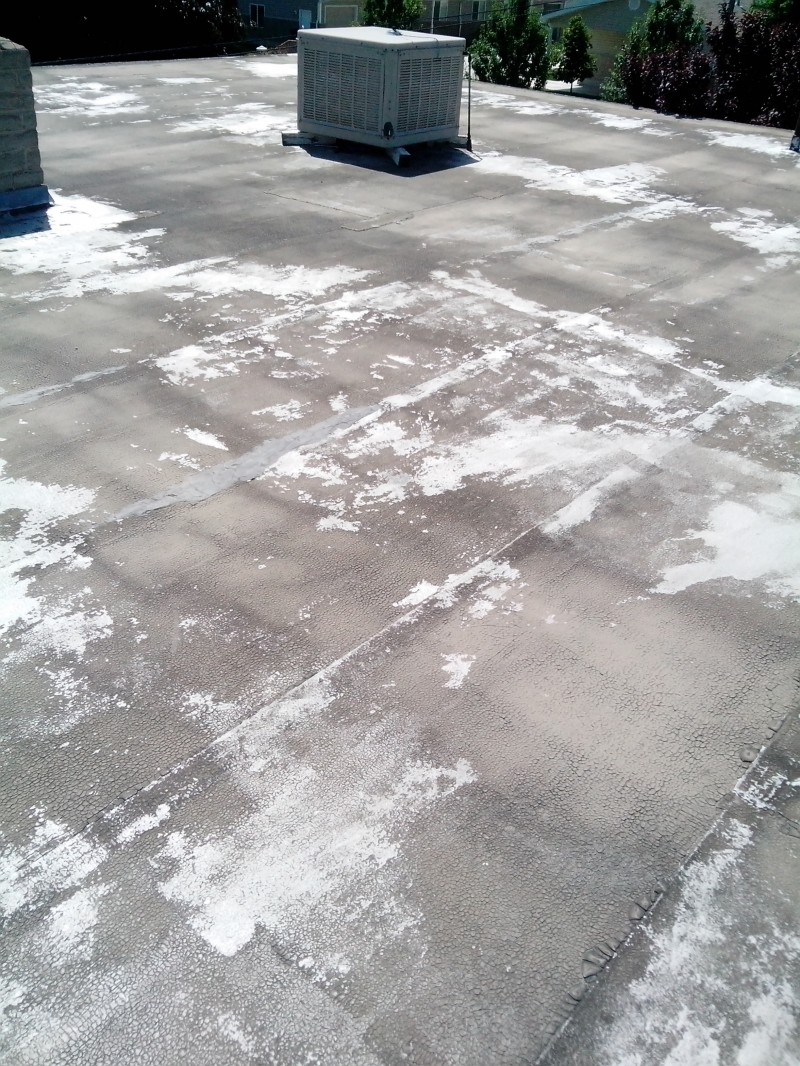5 Common But Avoidable Commercial Roofing Problems

Just like residential houses, commercial buildings also experience roofing problems. Given the elaborate nature of commercial roofing, however, any problems with roof design or structure can be extremely costly. On the brighter side, these potentially costly roofing problems are largely preventable from the onset. Good planning is key to avoiding commercial roofing problems and unnecessary frequent costs of repair.
You may want to understand that the service life of any commercial roof depends on a number of factors including roof design and installation, roofing materials, maintenance, use, and abuse as well as the weather.
What then are these common commercial roofing problems that you can prevent with proper planning?
1. Ponding rooftop water
Water standing on the roof for over 48 hours is considered undesirable. Such water can be extremely detrimental to any roof though it’s one of the most common commercial roofing problems.
Just where does it come from?
Ponding water is the result of clogged drains. When it rains, solid matter or debris on the roof will often be carried into the gutters and depending on their size; they may become too heavy to wash away blocking the drains. Stagnant water on the affected roof will follow.
Regardless of how long the water stays there, it normally initiates and accelerates adverse roof deterioration and may even cause leaks if left there for extended periods of time.
The water adds a significant amount of undesirable weight to the rooftop that affects the structural integrity of the building as a whole. Both the roof surface and roof deck may be affected, with the real threat of eventual roof collapse.
Additionally, the water may become a breeding ground for pests and unwanted vegetation. So, it’s important that you have your roof inspected for ponding water after every major storm.
2. Roof leaks
Depending on your roof design, the problem of roof leaks may be open and easy to notice or concealed from sight and difficult to spot. Water can travel farther from the leaking point on the roof making it even more difficult to pinpoint the point where the leak occurs. Roof leaks can appear on any roof type and are caused by numerous factors, namely:
Poor installation – this can cause slopes that are too shallow, allowing wind to lift shingles and let rainwater underneath. Roofs that have strong decking may not reveal this problem immediately. Over time, however, the accumulated moisture can weaken the decking structure eventually causing it to start leaking.
Old age – age causes roofing materials to deteriorate and become less effective at keeping water out. Some commercial roofing materials, however, age faster than others. So it’s recommended that you choose durable roofing materials and proper roof design to avoid costly commercial roofing problems.
Poor maintenance – poorly maintained roofs can sustain holes or have missing shingles. Either of these will leave some exposed areas on the roof that let water in. Frequent inspection of hidden areas on the roof may help you detect if there are any missing shingles or holes that need repair.
Whatever the cause of the problem, roof leaks should be patched immediately to avoid extensive damage to the building. Always contact a professional as soon as you see signs of leakage, however small. Repairing leaking spots on the roof can help you save hugely on the cost of repairing the extended structural damage.
3. Improper repairs
Roof repairs are part of roof maintenance. For whatever reason, the use of roofing materials that are not compatible with the specific type of roof can result in significant damage. This is a problem you’ll commonly experience if you entrust your commercial roofing repairs to an amateur roofer.
They may go for a quick fix, which will only last for a short time requiring further repair. The surest way to avoid such a problem is by letting an experienced and certified roofing contractor maintain or repair your roof.
Such certified professionals tend to have the resources, proven expertise, and experience necessary to get the job done right the first time.
4. Roof punctures, billowing, and blow-offs
Poorly installed commercial roofs face the risk of blow-offs, wind up-lift, puncturing, billowing and other similar threats of roof damage from any outdoor hazards such as powerful storms.
The choice of roofing material may increase or reduce this kind of risk depending on their quality. Normally, partial tearing or blow-off on the roof can lead to other problems such as moisture buildup and eventual roof leaks. The latter two may cause structural rot and a more serious threat of roof collapse.
Repairing such damage often involves installing new sheets on the lifted or billowed sections of the roof. This is often followed by preventive measures that minimize their recurrence.
5. Inappropriately installed flashing
Improper sealing of areas on the roof where vent pipes, chimneys, skylights, and heating and cooling systems have penetrated may cause problems. Improperly attached flashing can result in open seams that may eventually cause shingles to blow-off. A roof with poorly installed flashing may also experience reduced puncture resistance.
Ongoing commercial roof maintenance can be a hassle. But letting qualified roofing contractors handle your roofing right out of the bat can be a sure way to avoid pricey roof repairs and cut maintenance costs by a significant margin.
Have a question? AskARoofer HERE
Need a contactor? Check out our list of Roofing Contractors HERE.









Comments
Leave a Reply
Have an account? Login to leave a comment!
Sign In